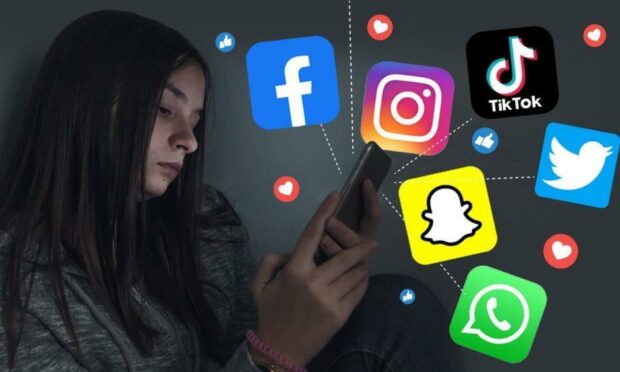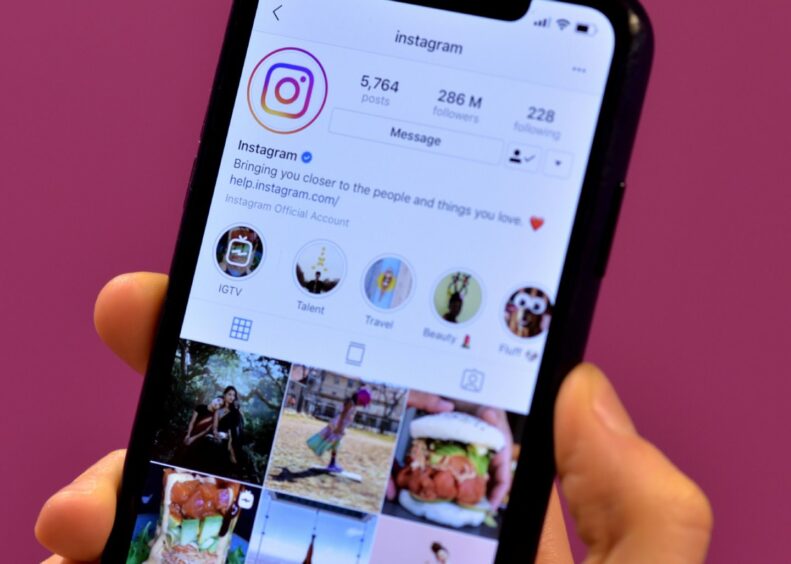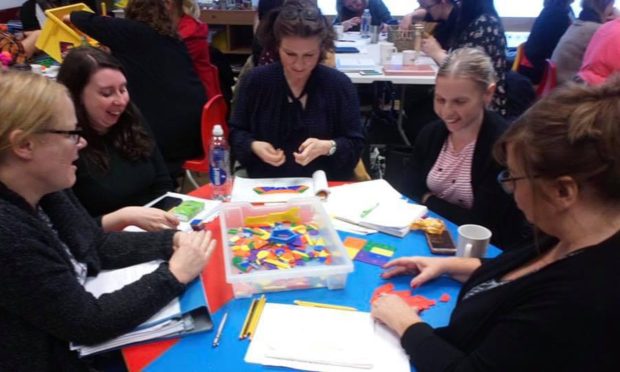Children are being given smartphones at too young an age.
That is what you told us when we asked about youngsters’ mobile phone use.
Seen as a must-have device by more and more children, almost half of eight to 11-year-olds now own one.
But we asked you what age kids should get a smartphone.
And most of you think children shouldn’t have a smartphone until they are at least 12.
39% of you think kids shouldn’t get a device until they are 13 or older, while 30% said from age 12 was appropriate.
Less than 6% of you think it acceptable for children younger than 10 to own a smartphone.
Young people have a ‘problematic’ relationship with smartphones
Data from Ofcom tell us that 49% of eight to 11-year-olds now have smartphones, and that’s increasing.
Recent research has suggested that one in four children and young people have a problematic relationship with smartphones.
We spoke to experts about the dangers involved with kids using smartphones at too young an age.
Dr Gemma Stevens, a psychology lecturer at Robert Gordon University (RGU) in Aberdeen, said smartphones “pose lots of risks”, particularly in relation to cognitive functioning, sleep habits, and addictive behaviours.
She also said that the increased ownership of smartphones among youngsters had coincided with increased mental health problems among young people.
I put the issue to readers on the back of my nervousness about my own kids’ exposure to smartphones, with the internet and social media access that brings.
Experts and readers agree
My eldest had been badgering me for a mobile from the age of nine. I placated him with an old-style, internet-less Nokia phone on his 10th birthday. But it wasn’t long before he decided he wanted the ‘real thing’.
My gut feeling has always been to delay him getting his hands on a smartphone for as long as possible. He’s now 11 and I’m continuing to hold out.
Aberdeen-based online child safety expert Annabel Turner told me that rather than simply putting off the inevitable, such delaying tactics can be more effective than parents might think.
“Delay is really powerful when you think about child development,” Ms Turner told me.
“Every six months your child gains a massive amount of maturity, psychologically speaking, to be able to deal with stuff.
“Every six months you buy is significant in terms of child development, we mustn’t forget that.”
And it seems Press & Journal readers would agree.
More from the Schools and Family team
Almost half of Aberdeen teachers on the brink of quitting after being targeted by pupils
Readers React: Are unisex toilets in schools the right choice?











